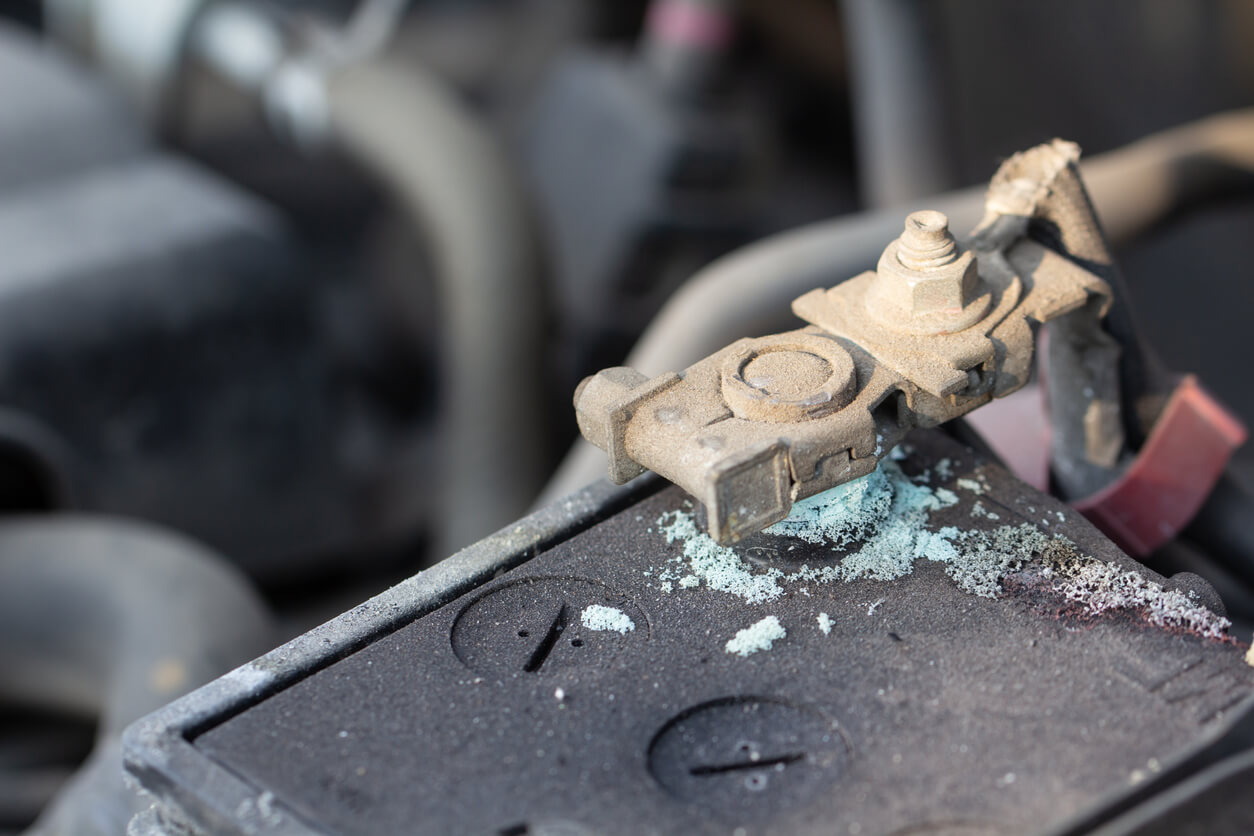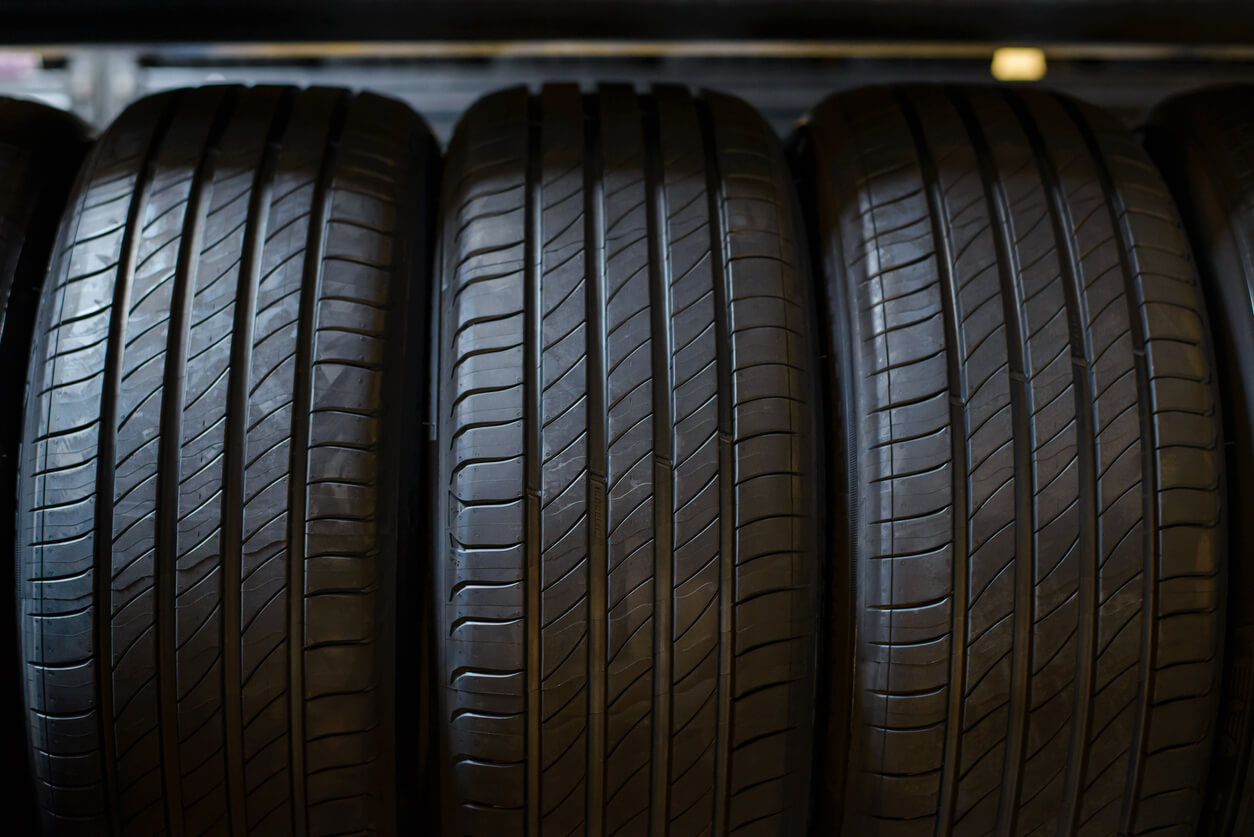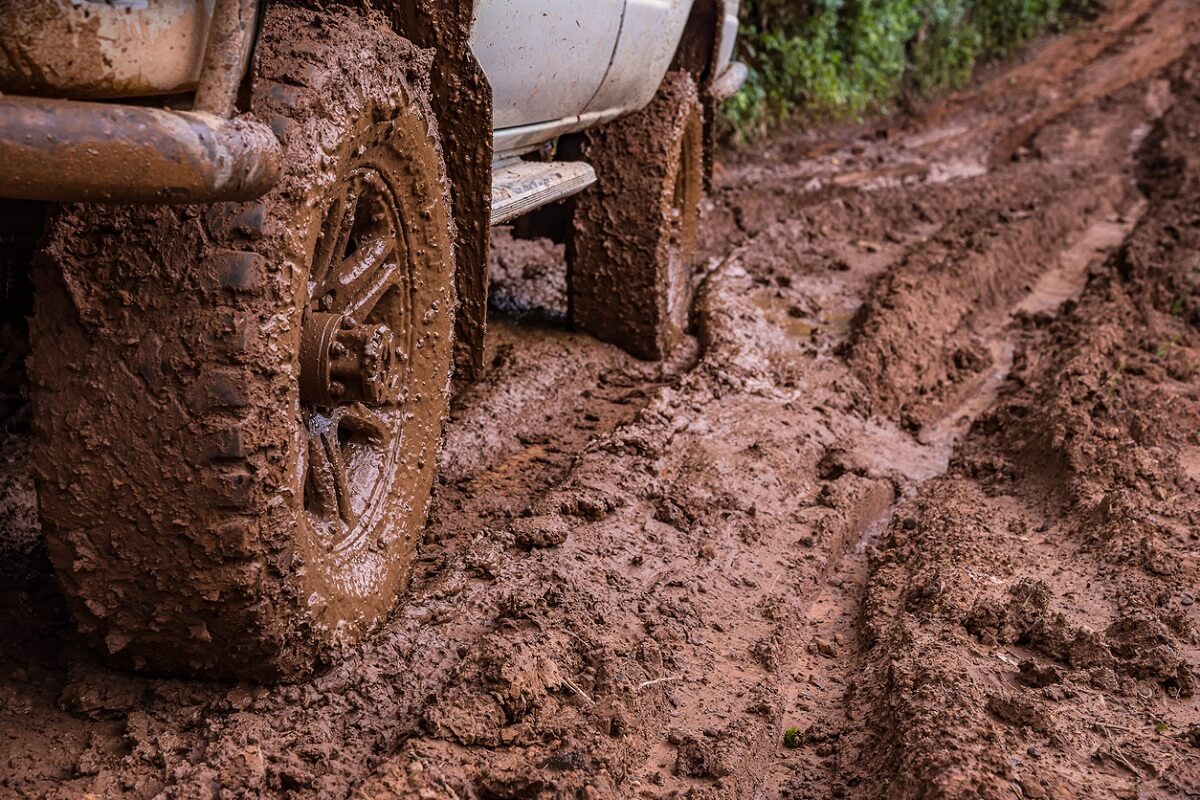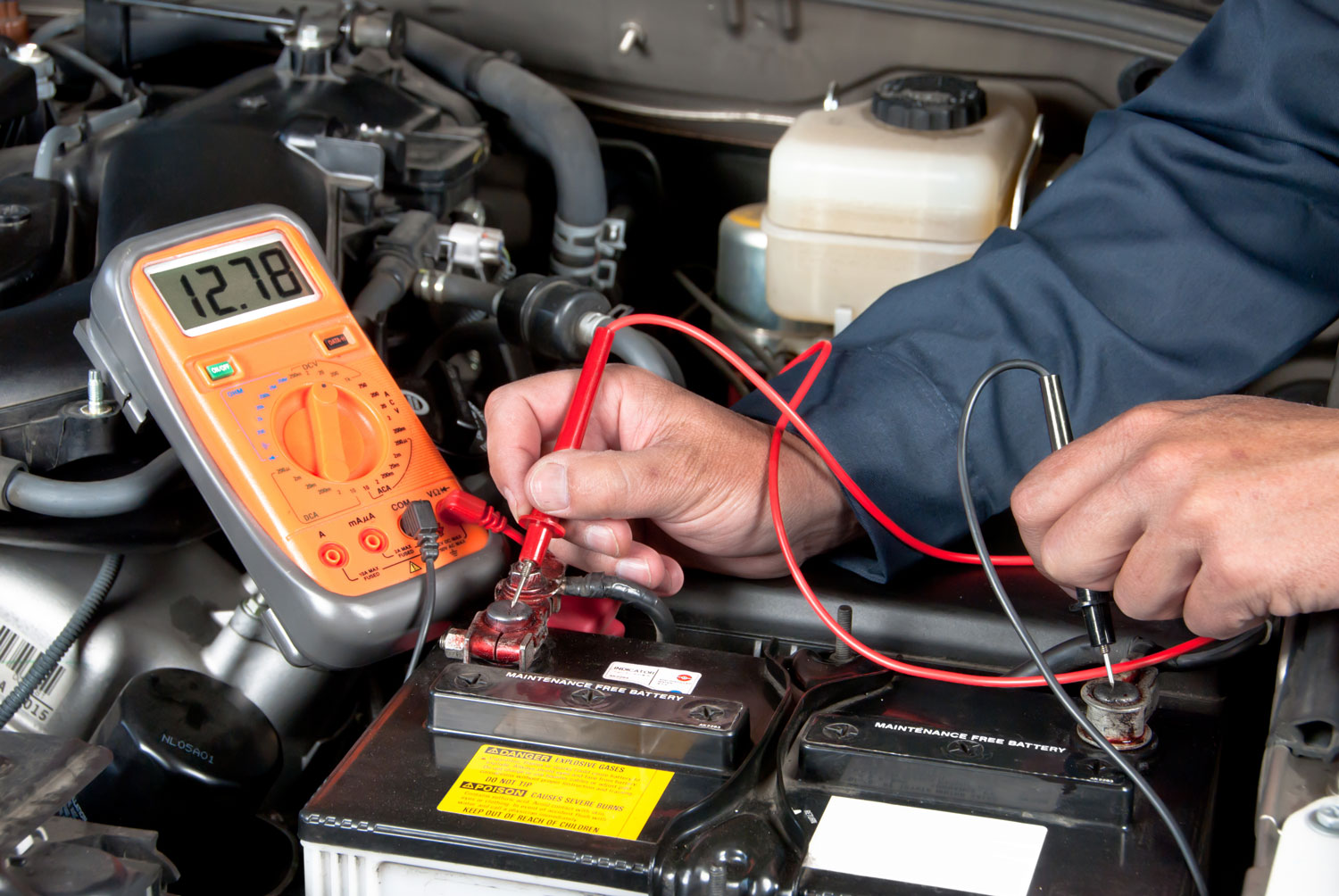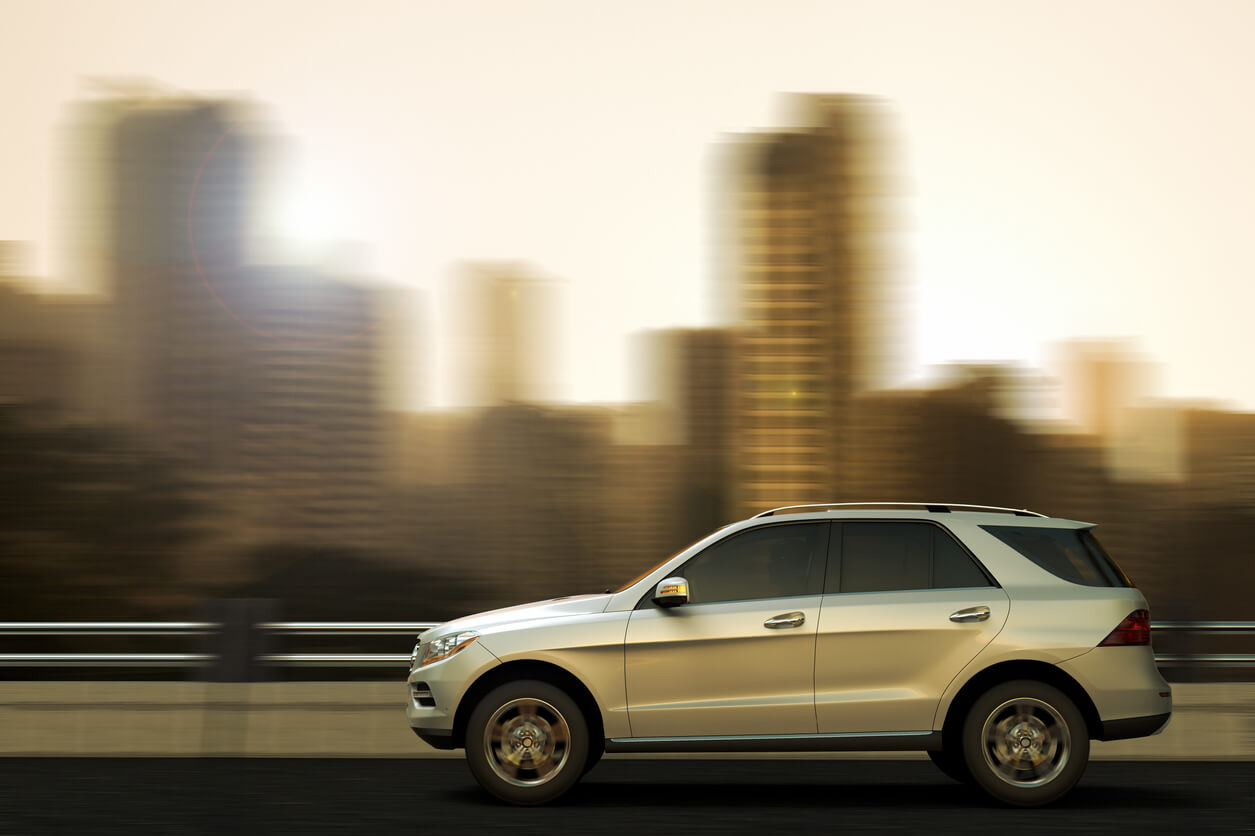
Save Fuel, Save Money
As the price of fuel soars, it has easily become one of the most expensive factors to driving a car in today's day and age. Unfortunately, projections suggest that the price of fuel will continue to rise in the future. This is why so many people are interested in saving whenever they can. Here at Tyrepower we want you to save money and this can be achieved in more ways than one.
5 tips on saving money at the fuel pump.
- Drive slower
- Maintain correct tyre pressures
- Drive in Eco mode
- Regular servicing
- Have your wheels properly aligned
Drive Slower
The first and most effective tip for saving fuel is simply to drive slower. Of course, this is also potentially the most difficult tip to actually put into practice. It can be very challenging to force yourself to drive 5 or 10 km an hour slower than you usually do. Driving slower also encourages you to drive smoother. Smooth driving might be gentle braking, smoother gear transitions and choosing better lines in and out of corners.
However difficult it may feel to drive that little bit slower, you will certainly notice the savings at the pumps. If you continue to drive more slowly and smoothly for awhile, it'll become like second nature and you won't have to think twice to save a great deal of money on fuel.
Ensure That Your Tyres Are Inflated Correctly
Another quick yet effective way you can increase fuel economy for your vehicle is to make sure that your tyres are inflated. If your car is fitted with TPMS (tyre pressure monitor system) you might think that your tyre pressure warning light will definitely come on if your tyres are deflated. However, the warning light will probably not come on if your tyres are only slightly deflated. Even if your tyres are only a little deflated, this can still make your vehicle's fuel economy numbers drop significantly.
When you're filling your tyres, it is better to put in as much air as is allowed by the manufacturer's specifications. Tyres with more air in them are generally more fuel-efficient but could lead to over inflated tyres and uneven tread wear.
See If Your Vehicle Has An Eco Mode
Many vehicles these days come with an eco mode. This mode may be named something different in your car, but you likely are aware of such driving modes. These driving modes are designed specifically to increase fuel economy and decrease emissions by running the engine on slightly less fuel. If you switch from the normal driving mode to the eco driving mode, you can save up to 10% on fuel or perhaps more (depending on your vehicle). If you have a hybrid vehicle, running your vehicle in electric-only mode when possible will also allow you to save even more on fuel.
Regular Maintenance
If you get regular maintenance, especially on your vehicle's engine, you will notice that you also get good fuel economy. This is because a well-tuned and well-maintained engine will run more efficiently. This means that it will be able to put out the same power on less fuel. This is just one of many reasons that you should stick to the manufacturer's service plan for your vehicle. If you do so, your vehicle will be more efficient, smoother, more powerful, and cleaner.
Having your wheels properly aligned
Rough roads, potholes or the dreaded corrugated dirt roads of the outback all lead to putting our wheels out of whack! They can also cause your wheels and suspension components to become misaligned, an issue that will impact your fuel consumption and could impact the handling of your vehicle.
Your car’s wheels are designed to be parallel with each other. Although car suspension is designed to take the knocks and bumps of standard driving, awkward collisions with potholes, kerbs, raised iron-works, and other unusual road features can cause the wheels to lose this parallel alignment.
Tyrepower stores right across Australia are equipped with the latest technology to ensure a perfect alignment after a new set of tyres has been fitted.
It's important to have your wheels aligned regularly or after any new tyre and or wheel has been fitted.
For more information talk to an expert staff member at a Tyrepower store near you. With over 270 stores nationwide, there is a Tyrepower near you. Call today on 13 21 91 or find a store using our helpful navigator here.


















